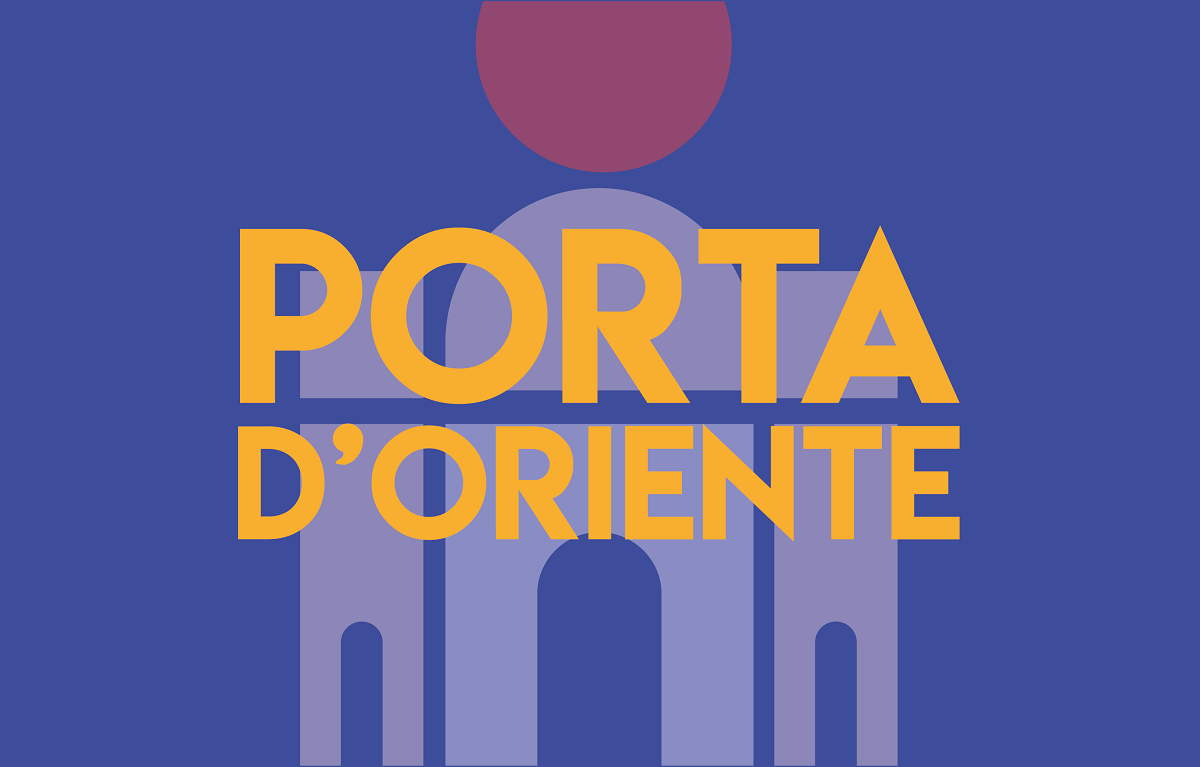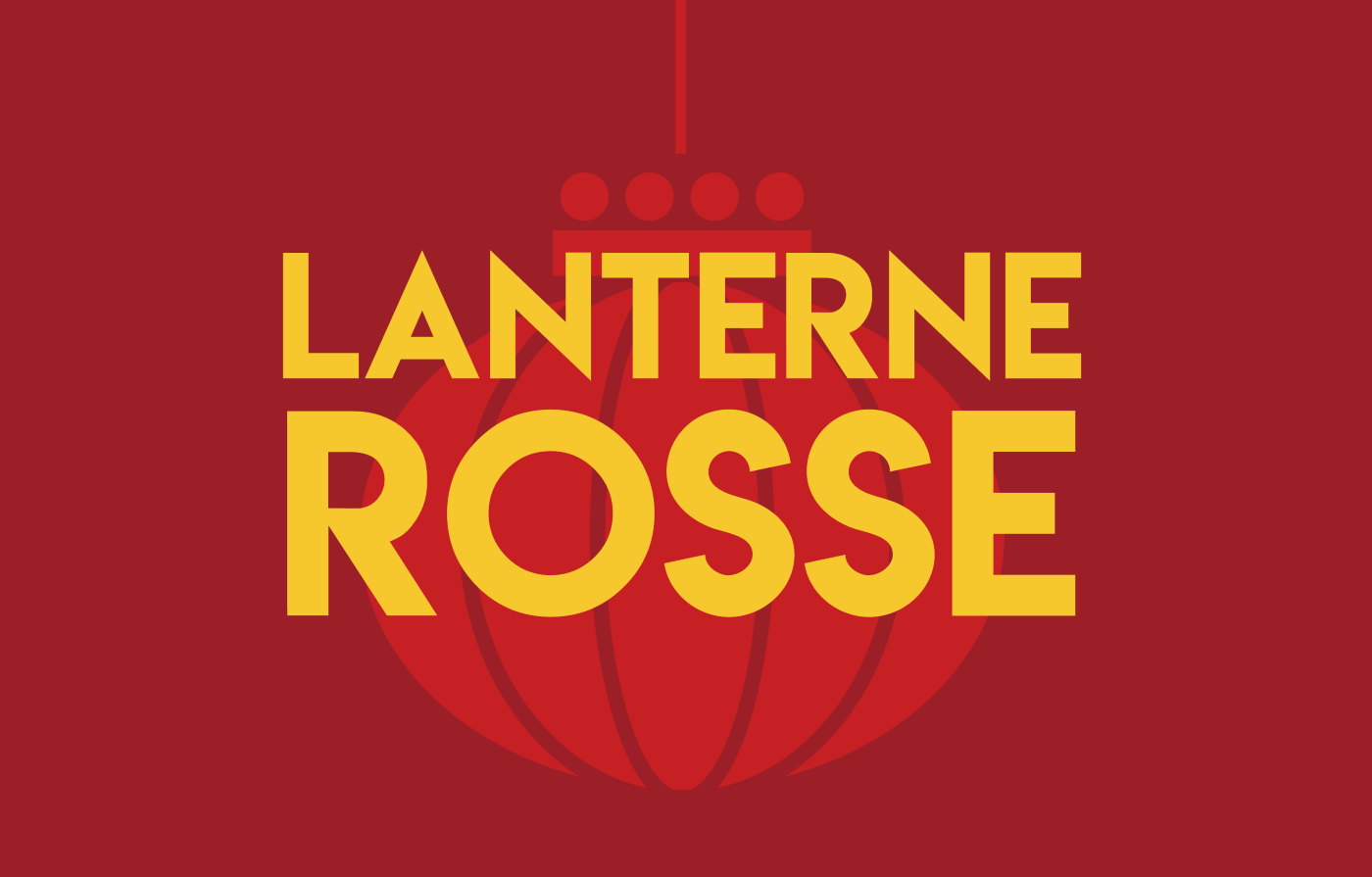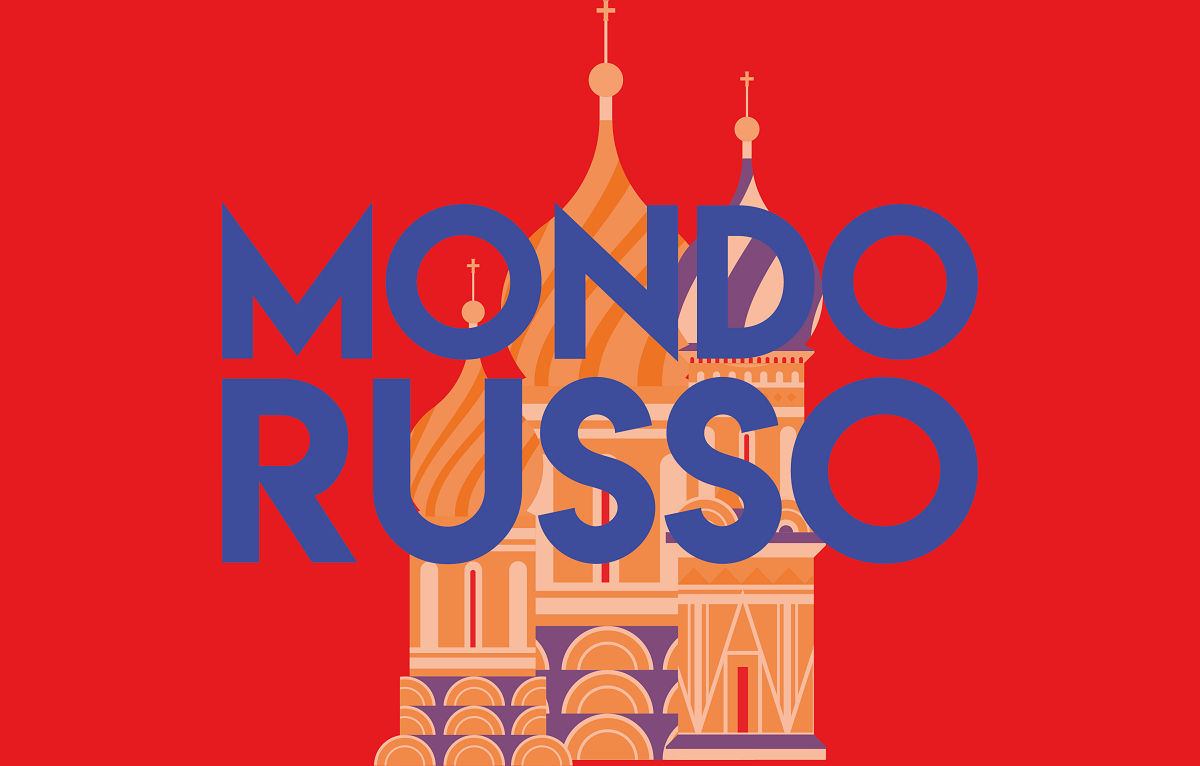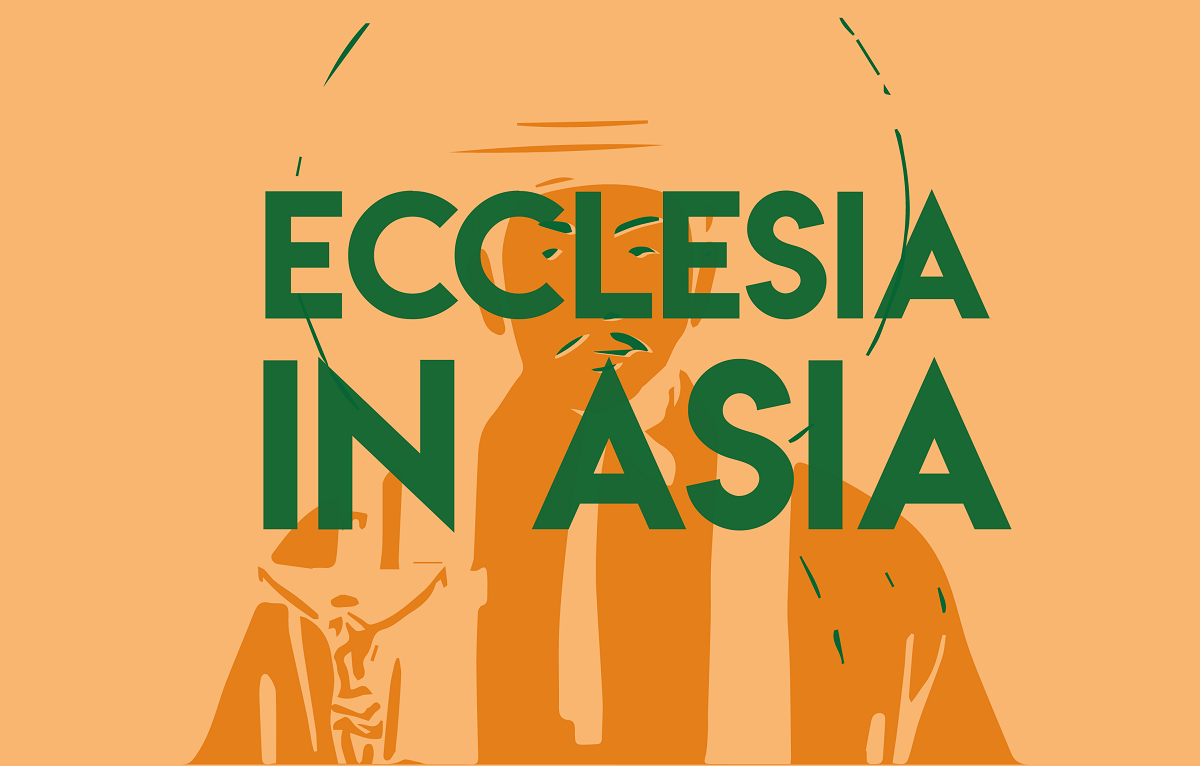India and the Global South: Modi in Africa and South America
The Indian prime minister visited Ghana and Trinidad and Tobago before travelling to Argentina, Brazil (for the BRICS summit), and Namibia to boost ties with developing countries and challenge Chinese influence. Billions-dollar investments in Africa and South-South cooperation top the agenda, while at home the opposition accuses him of neglecting domestic crises.
New Delhi (AsiaNews) – Indian Prime Minister Narendra Modi is on a tour of five countries in the Global South with which New Delhi intends to deepen diplomatic ties.
After two days in Ghana, the Indian prime minister landed in Trinidad and Tobago before setting off for Argentina, then participate in the BRICS summit in Rio de Janeiro, Brazil (where Chinese President Xi Jinping will be absent), and finally stop in Namibia.
This tour is aimed at the global South, which India aspires to lead, often clashing with China.
Ghana is of some importance since the two established diplomatic ties in 1957. Subsequently, they were both involved in the Non-Aligned Movement, thanks to the agreement between President Kwame Nkrumah and Prime Minister Jawaharlal Nehru of India along with other leaders opposed neocolonialism.
India continues to rely on some of the Non-Aligned Movement’s principles to promote South-South cooperation, although many observers often criticise the gap between rhetoric and reality.
Regarding Ghana, India turns out to be one of its largest sources of foreign direct investment. Bilateral trade between the two countries reached US$ 3.3 billion in 2023, making India Ghana’s third-largest trading partner after China and Switzerland.
According to data from 2021, Indian companies have invested over US$ 2 billion in more than 700 projects. India has also provided significant concessional financing of nearly US$ 450 million for projects like rural electrification and the Tema–Mpakadan Standard Gauge Railway Line.
Recent reports suggest that Indian investments in Africa could reach US$ 150 billion by 2030. At present, India is one of the top five investors in the continent and has extended credit lines for US$ 12.26 billion to several countries.
By comparison, Chinese investments in Africa stood at nearly US$ 30 billion in 2024, up 34 per cent over the previous year.
Indian companies in Africa are active in a variety of sectors, ranging from agricultural technology and pharmaceutical distribution to automobile manufacturing and mining.
However, it is not always a risk-free presence; on the contrary, earlier this month, three Indian nationals were kidnapped in Mali during an attack by the Jama’at Nusrat al-Islam wal-Muslimin (JNIM), a terrorist group linked to al-Qaeda and active in West Africa.
Hostage-taking is one of the group’s main sources of financing. The three kidnap victims were employed by the Diamond Cement Factory in the city of Kayes.
Meanwhile, at home, some members of the Indian National Congress (INC), India’s main opposition party, have accused Modi of being a “Super Premium Frequent Flier” for embarking on an eight-day tour of five countries instead of facing national issues.
In a post on X, Jairam Ramesh, IDF’s general secretary in-charge of communications, said that the prime minister was running away from a number of issues of national importance, including the ongoing violence in the northeastern state of Manipur and revelations about Indian military casualties in clashes with Pakistan in early May.
INDIAN MANDALA IS THE ASIANEWS NEWSLETTER DEDICATED TO INDIA. WOULD YOU LIKE TO RECEIVE IT EVERY FRIDAY? TO SUBSCRIBE, CLICK HERE.





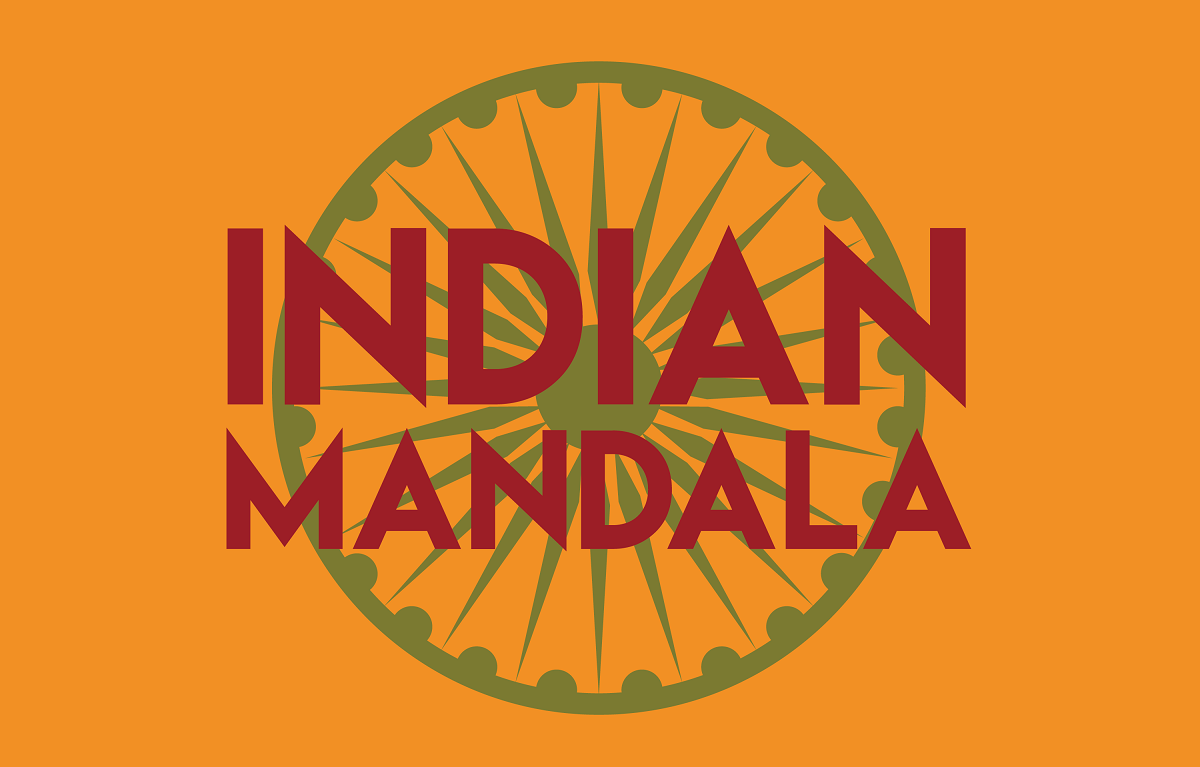

.png)
